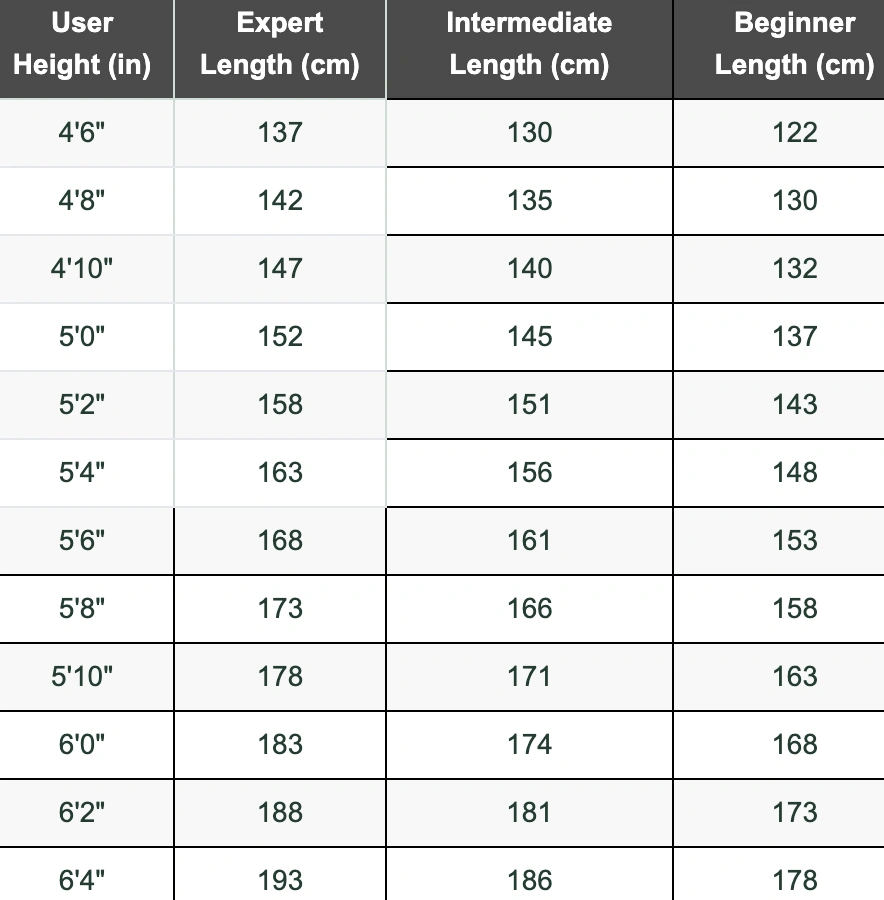Popular Skis
See more Popular Skis
Atomic Redster S9
5 Available

Blizzard Black Pearl 88
5 Available
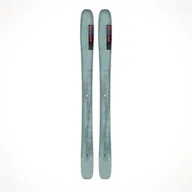
Salomon QST
10 Available

Rossignol Hero FIS SL Pro
10 Available
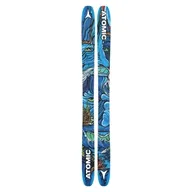
Atomic Bent Chetler
2 Available
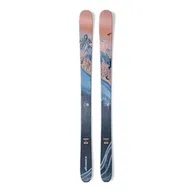
Nordica Santa Ana 93
1 Available
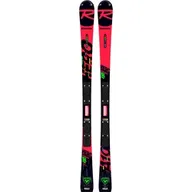
Rossignol Hero Athlete SL
2 Available

Atomic Redster G9
22 Available

Rossignol Hero FIS GS Pro
75 Available
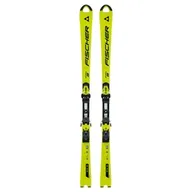
Fischer RC4 World Cup SL
8 Available
Shop by Type
All Mountain SkisAll Mountain & CarvingRacing SkisRacingBig Mountain & Powder SkisBig Mountain & PowderPark & Pipe SkisPark & Pipe
1,029 Results

Gfhh3g
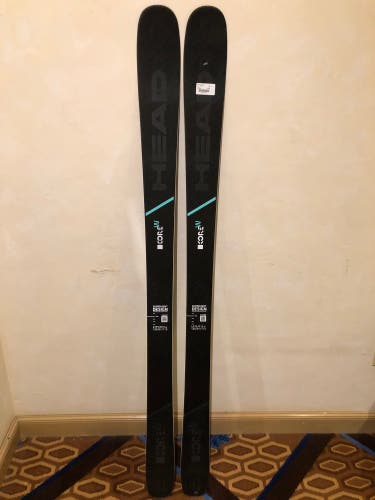
PeteLanesSV
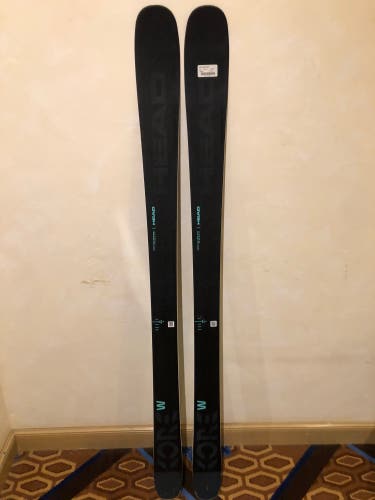
PeteLanesSV
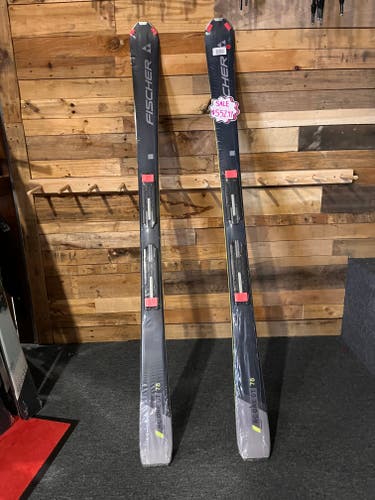
UllersOutdoor
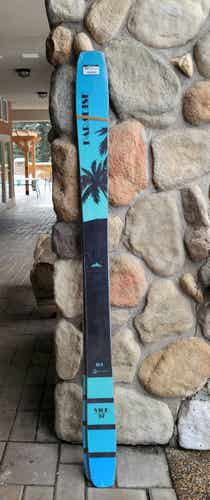
Freefall
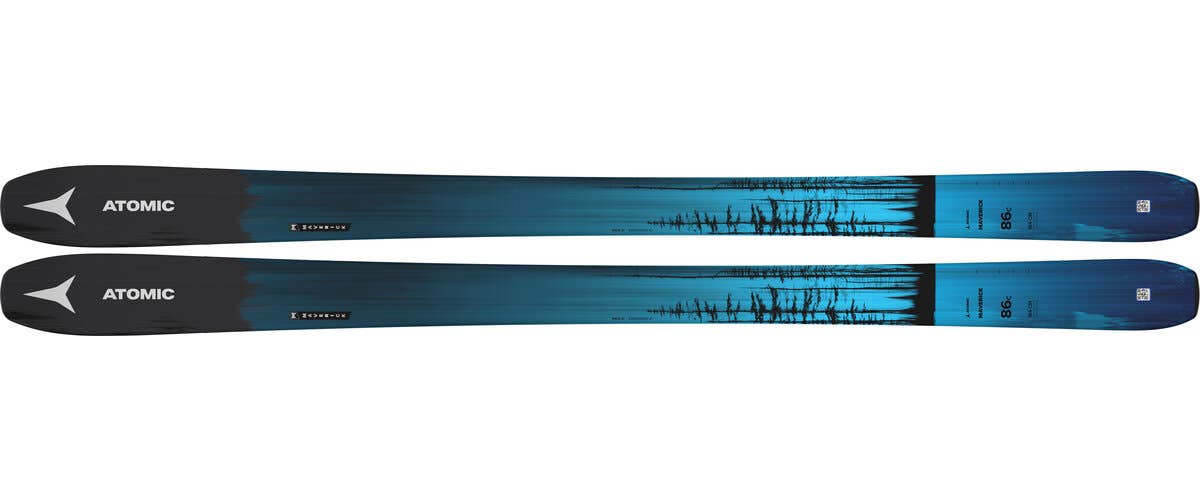
skookum
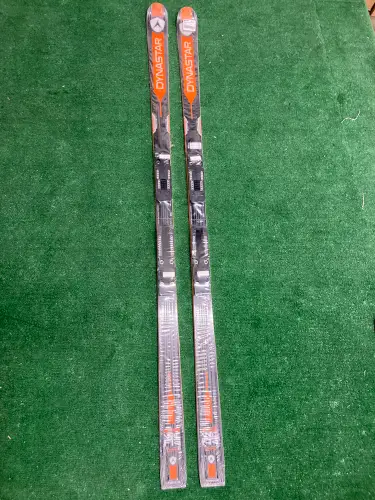
sportsxchange
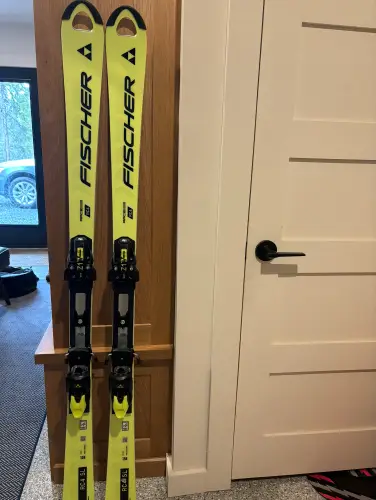
Nick_klemp16
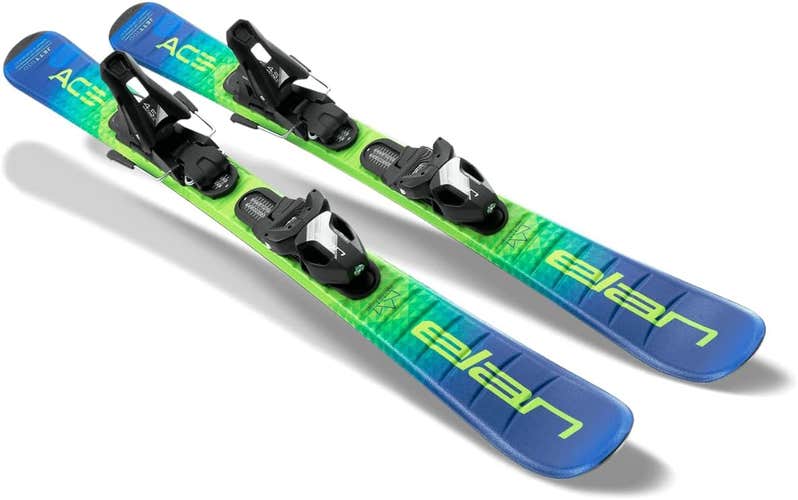
wintersport
NEW 2024 ELAN 110cm Kids skis JETT ACE with EL 4.5 GW size adjustable Bindings set new
$190
Retail price: $249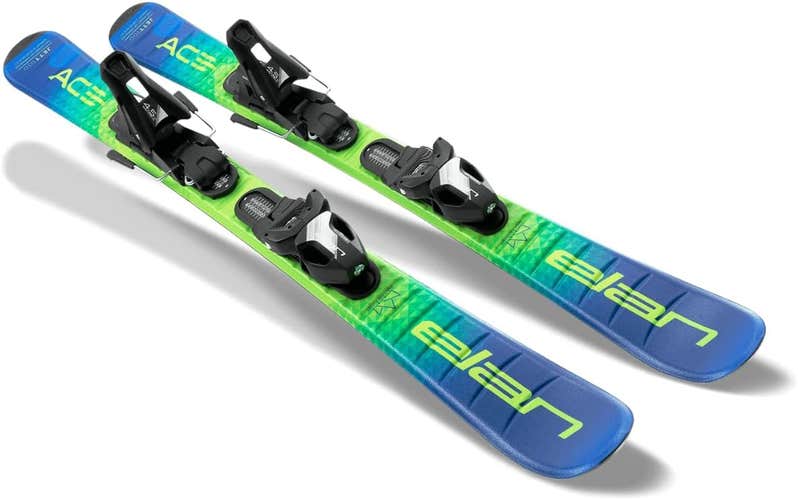
wintersport
NEW 2024 ELAN 90cm Kids skis JETT ACE with EL 4.5 GW size adjustable Bindings set new
$170
Retail price: $249
wintersport
NEW 2023/24 Elan Explore 80 Skis men's with EL 10 GW Bindings size adjustable NEW 160cm
$359
Retail price: $500
wintersport
NEW Elan Elan Explore 6 Skis men's red with EL 9 GW Bindings size adjustable NEW 160cm
$251
Retail price: $500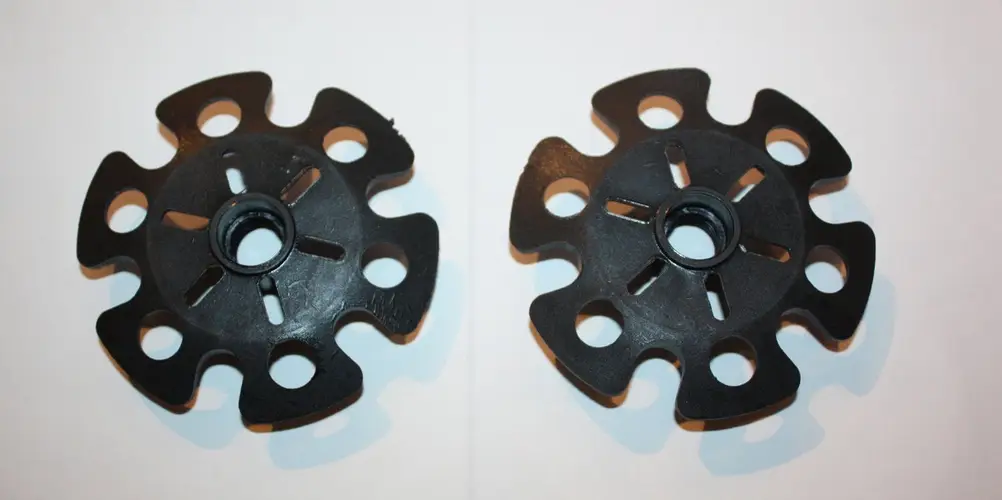
wintersport
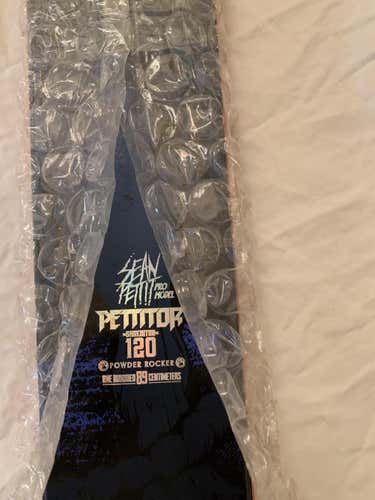
TorHockey

NPRW29

DeereBoy04

NPRW29

NPRW29
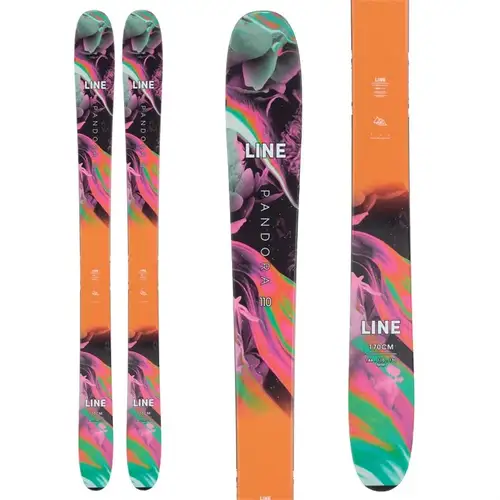
skookum

skookum
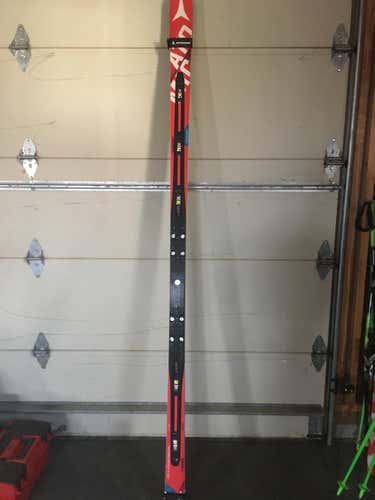
VT00
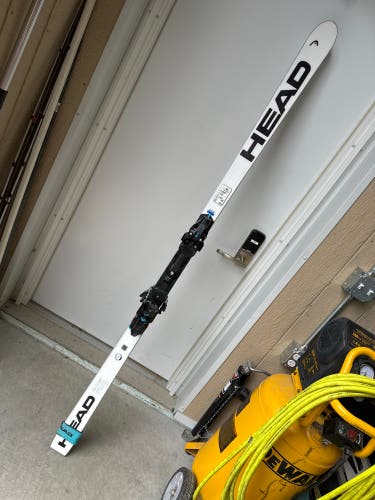
Chrissie31

Redi

WinterisCalling
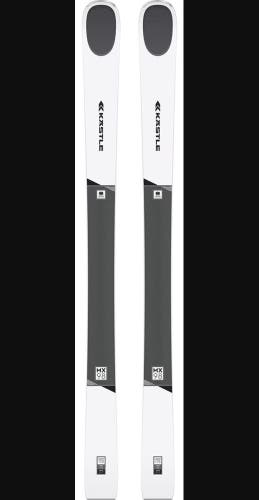
Tater12
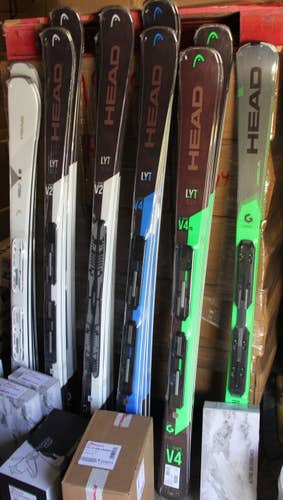
wintersport
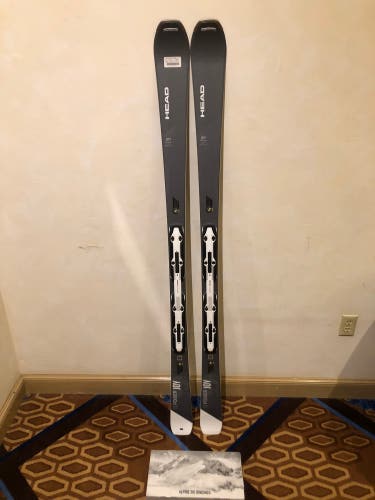
PeteLanesSV
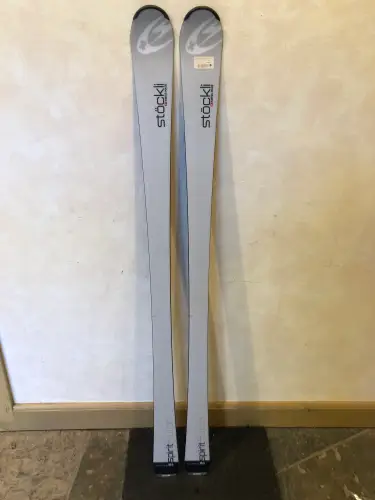
PeteLanesSV
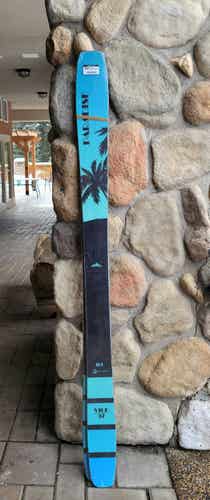
Freefall

SkiSale
Related Articles
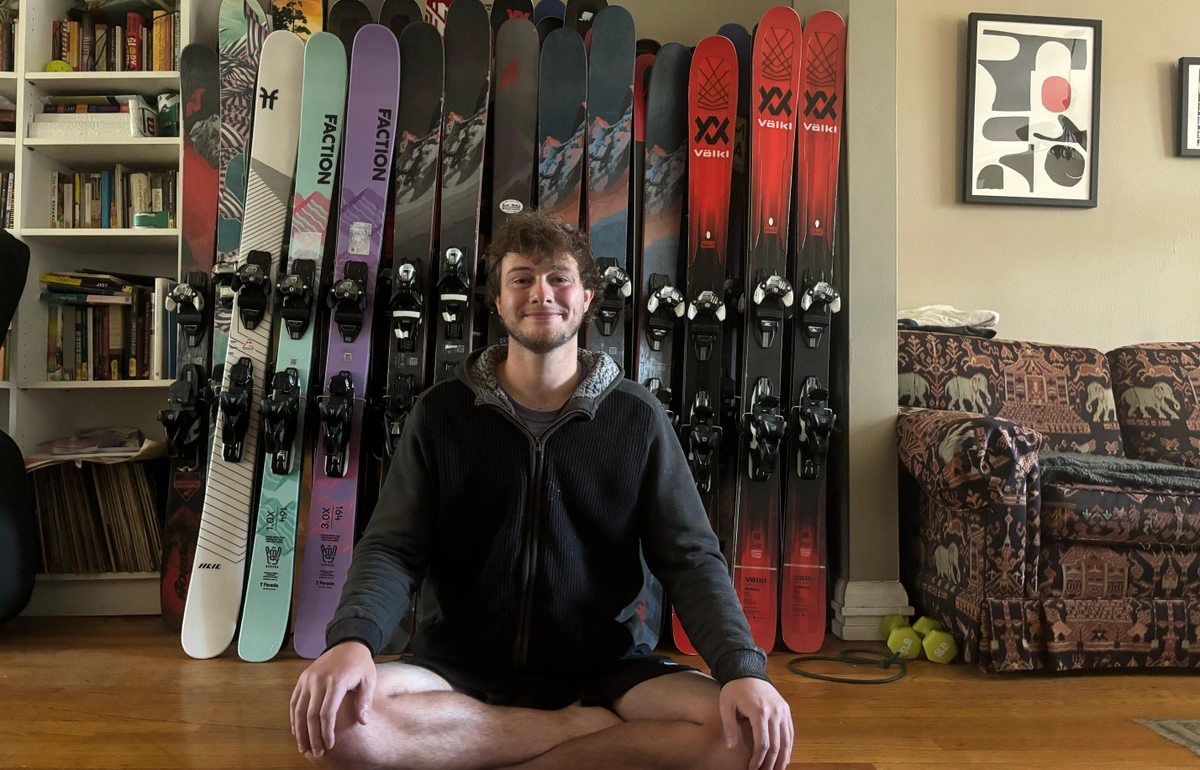
The Ski Ambassador: How One SidelineSwap Seller Turned His Passion Into Profit
This month, we check in with SkiAmbassador, aka Ben Goodman. Since 2022, Ben has sold 450 pairs of skis out of his 1000-sq-ft Denver apartment.
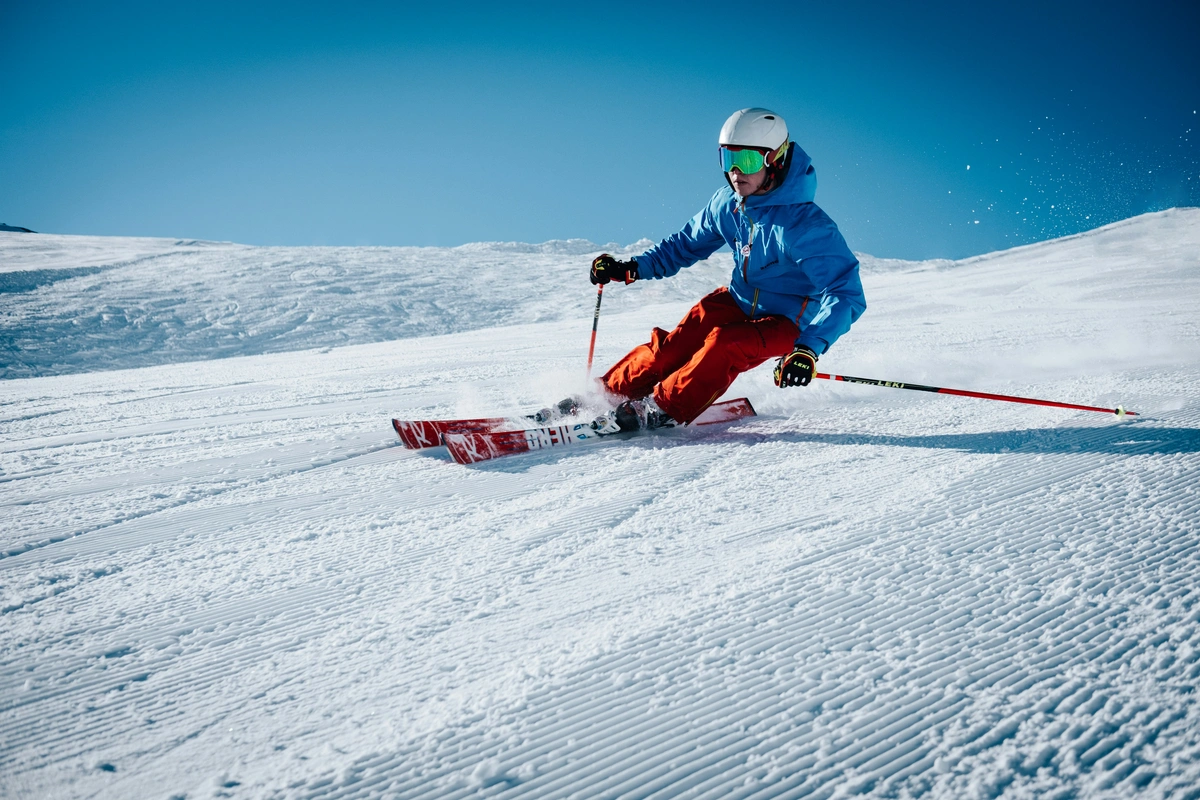
Choosing Skis Based on Your Ability
Your skill level is a crucial factor in selecting the perfect pair of skis. The right ski can boost your confidence and enjoyment, while the wrong one can hinder your progress.
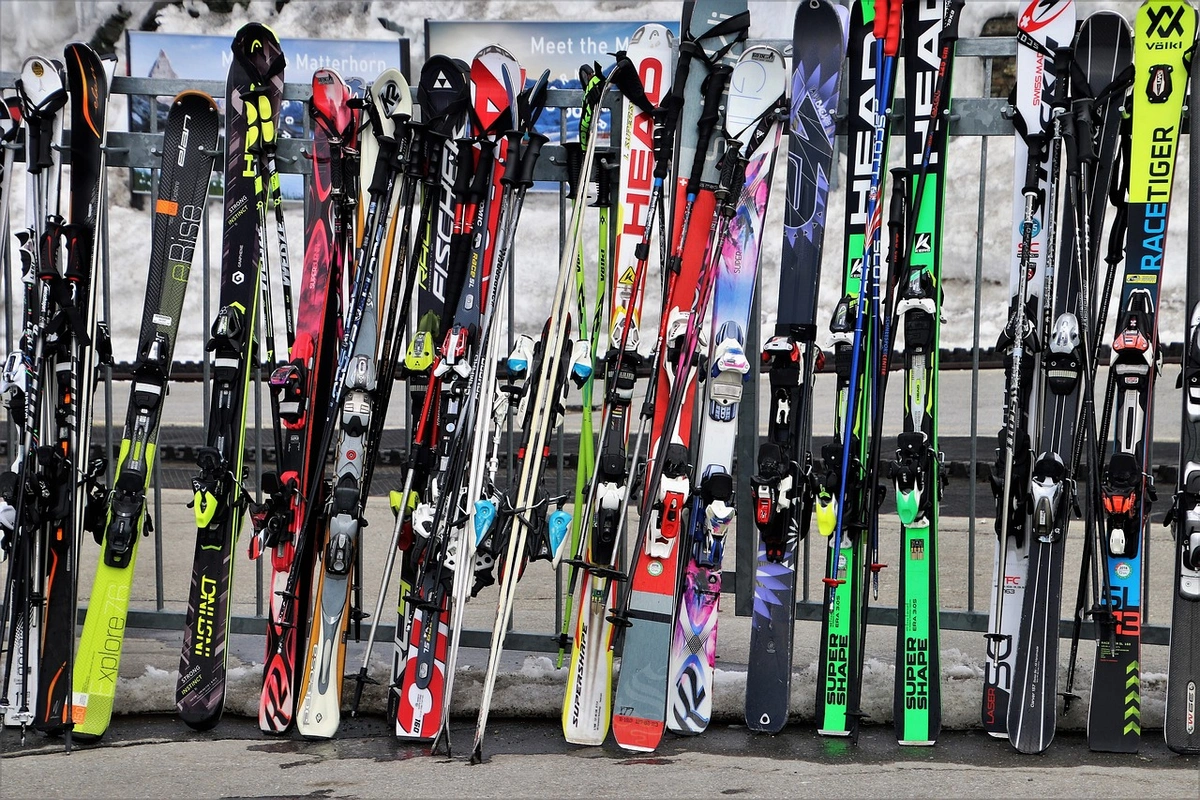
What Type of Skis Do You Need?
Choosing the right skis can dramatically enhance your on-mountain experience. Let's break down what to consider when selecting your ideal skis.


